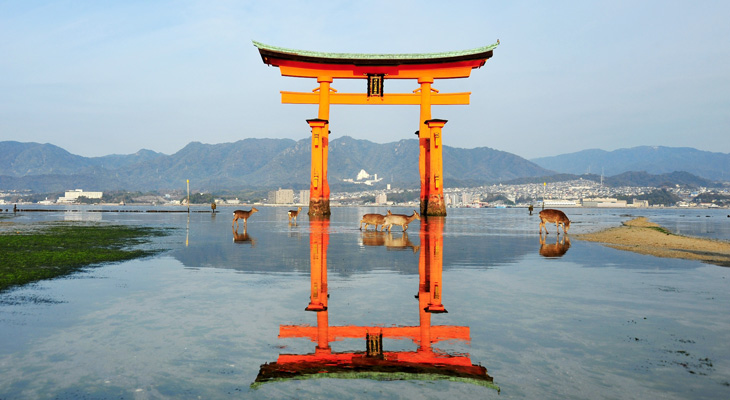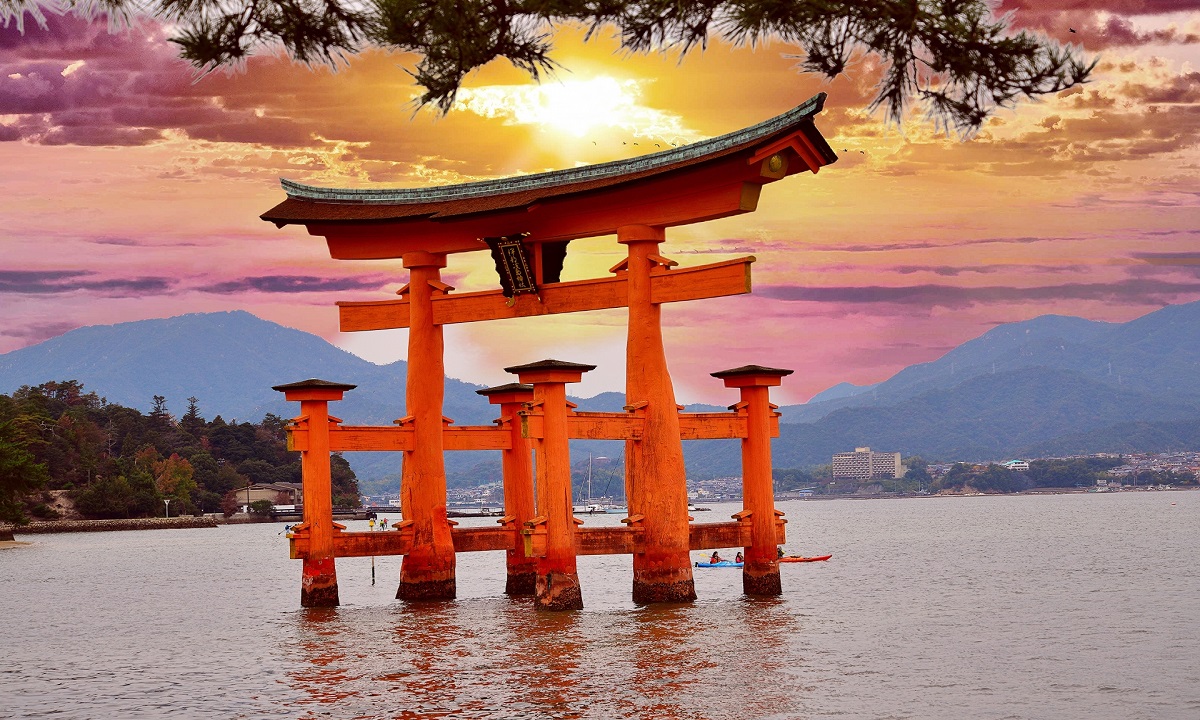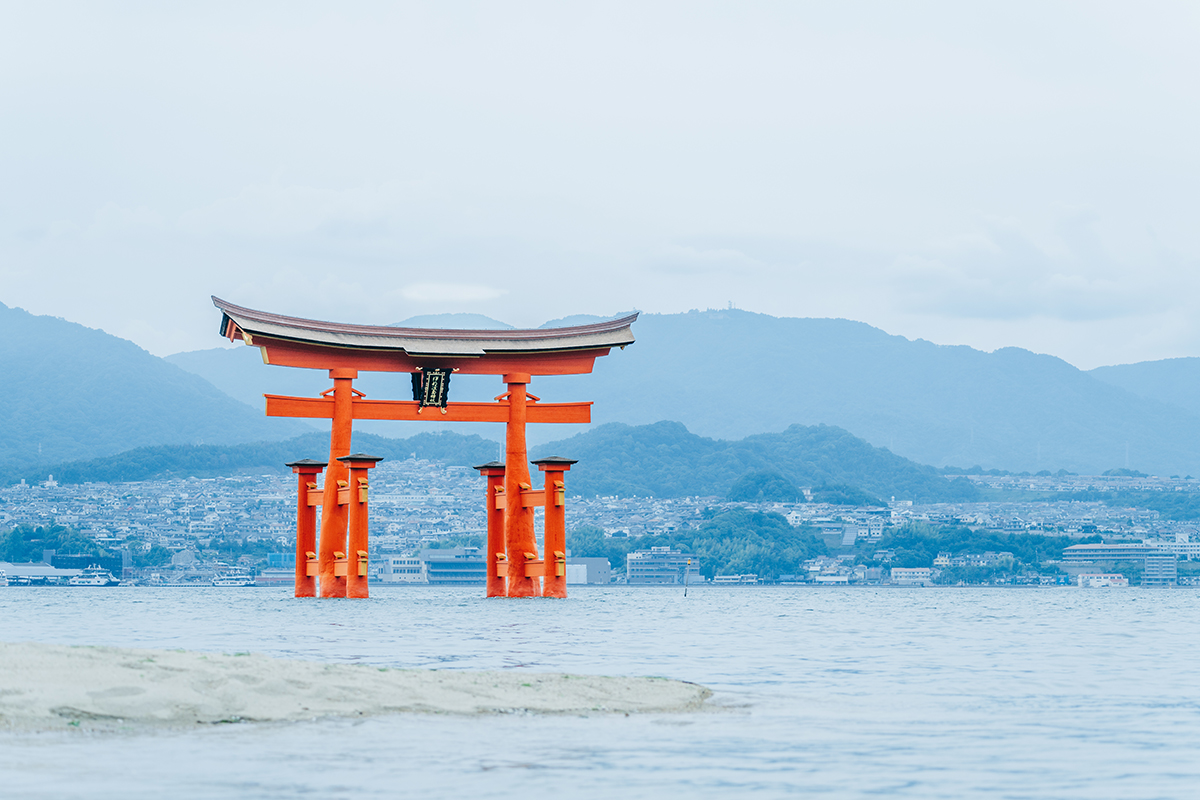


Kashima Jingu
The ancient shrine of thunder and swords, cradle of Japanese martial arts.
One of the oldest and most influential shrines in eastern Japan, Kashima Jingu in Ibaraki is dedicated to a powerful god of martial arts and is the spiritual home for many schools of swordsmanship.
History of the Shrine
Kashima Jingu boasts a history stretching back to the mythical Age of the Gods. It is dedicated to Takemikazuchi-no-Okami, a powerful kami of thunder and swords. According to the 'Kojiki', when the heavenly gods decided to pacify the chaotic earthly realm, they sent Takemikazuchi as their champion. He descended to the shores of Izumo and challenged the earthly ruler, Takeminakata, to a contest of strength. This legendary confrontation, said to be the mythological origin of sumo wrestling, ended in Takemikazuchi's victory, establishing the authority of the heavenly kami.
Because of this legend, the shrine has been a site of martial veneration for centuries. It was a key religious center for the Yamato court's expansion into eastern Japan and became a revered site for samurai. Warriors, including famous swordsmen like Tsukahara Bokuden, would come here to undergo ascetic training ('musha shugyo'), praying for divine inspiration and skill in combat. Several prominent schools of Japanese swordsmanship ('kenjutsu'), including the Kashima Shinto-ryu, trace their origins to the divine teachings of this kami.
The Enshrined Kami
Takemikazuchi is a formidable and highly respected kami from the Shinto pantheon. He is a god of thunder, lightning, swordsmanship, and all martial arts. His name contains the character for 'take', meaning martial or brave, and 'ikazuchi', meaning thunder. He represents not just raw power, but the application of that power to establish order and justice.
As the divine victor of the first sumo match and the pacifier of the land, he is worshipped by those seeking victory in any contest, whether it be a sporting match, a business negotiation, or a personal challenge. He provides the strength of will to make difficult decisions and the courage to forge a path forward in the face of adversity. He is the ultimate symbol of divine strength used for a righteous purpose.
What to See
The shrine's grounds are extensive and contain a dense, sacred forest with ancient cedar trees. The main shrine building is an elegant structure lacquered in vermilion. A unique feature is the shrine's torii gate, which is located about a kilometer away on the shore of a lake, marking the spot where the kami is said to have first landed from the heavens.
The 'Okuden', a smaller hall behind the main sanctuary, was the original main hall and was a gift from the shogun Tokugawa Hidetada. The shrine's most mysterious object is the 'kaname-ishi' (foundation stone), a large stone of which only the top is visible. Legend says this stone holds down a giant, subterranean catfish that causes earthquakes, and no matter how much you dig, you can never find its base. The shrine also keeps a sacred deer enclosure, as deer are considered messengers of the kami.
Major Festivals
The shrine's most unique festival is the 'Mifune-sai', held once every 12 years during the Year of the Horse. A flotilla of over 100 boats, led by a grand, brightly decorated imperial-style vessel carrying the shrine's 'mikoshi', sails in a grand procession on the lake. This festival reenacts the kami's legendary journey and is a prayer for peace and prosperity. The 'Saiten-sai' on September 1st is the annual grand festival, featuring demonstrations of martial arts, including archery and 'kendo', offered as a tribute to the shrine's powerful deity.
Support Kashima Jingu
Your participation helps preserve this sacred site for future generations. Every digital offering contributes to real shrine preservation efforts across Japan.
By making an offering, you become part of a global community honoring Japanese spiritual traditions and supporting the cultural heritage that has been cherished for centuries.